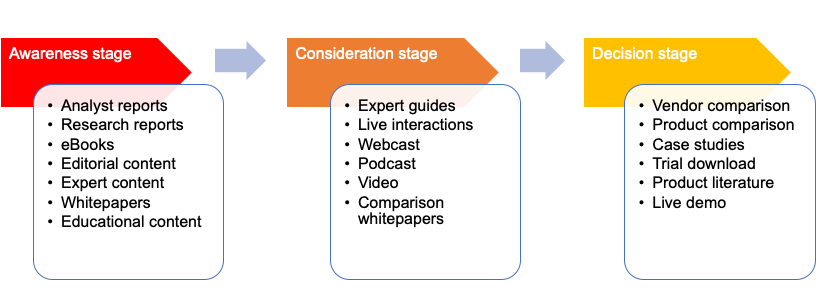
Whitepapers are effective marketing pieces for healthcare companies, who need to convince time-poor hospital and laboratory directors to make tricky purchasing decisions. There are a lot of factors that purchasers need to consider, and the whitepaper digests all the information and pulls out the key messages. Whitepapers educate an audience about a particular product or service and are written to solve the problems your potential customer is facing.
HubSpot says: “The goal of a whitepaper is to inform and persuade based on facts and evidence, not tell the world why people need to buy your product right now”.[1] Your whitepaper should tell the story of your product and include exciting data and facts.
Take a look at our work for Philips and Executive Health Solutions, both selling high-value health products and services.
HubSpot recommend targeting the whitepaper at those customers who are in the Awareness or Consideration stage of their buyer’s journey. Prospects in the Awareness stage of the buyer’s journey might not even be aware of your company yet, so it is crucial to be as descriptive as possible in the whitepaper. The key to writing a good whitepaper is to have the target customer in mind. Does it answer their purchasing decision questions? Does it contain enough evidence-based information?

Testimonials from local hospitals, healthcare professionals or laboratories is a reassurance for potential customers. Don’t we all need a seal of approval before making a purchase? Localising the whitepaper to the Australian market will also give potential customers FOMO, as they see competitors already using your product.
Whitepapers should be as visual as possible. Marketing materials for the healthcare industry are at risk of being unengaging or dry. This is generally due to internal and external regulatory bodies who ensure the ethical and balanced representation of healthcare products in advertising and marketing. Unfortunately, this could cost you your audience before they have even struck up a conversation with you.
And remember: the supporting visuals and graphics don’t need to stay confined to your infographic. Repurpose the contents for blog or social media posts, website assets, and media stories.
In the time of COVID-19, when fewer people are meeting face-to-face, we encourage our customers to develop digital whitepapers. There are advantages to making whitepapers digital:
From pharma to IVD to med tech and healthcare services, the entire health industry can benefit from a tool as simple as a whitepaper.
London Agency has experience putting together whitepapers for the healthcare industry. Get in touch to discuss how your offering could be showcased in a whitepaper.
[1] https://blog.hubspot.com/marketing/what-is-a-whitepaper-examples-for-business